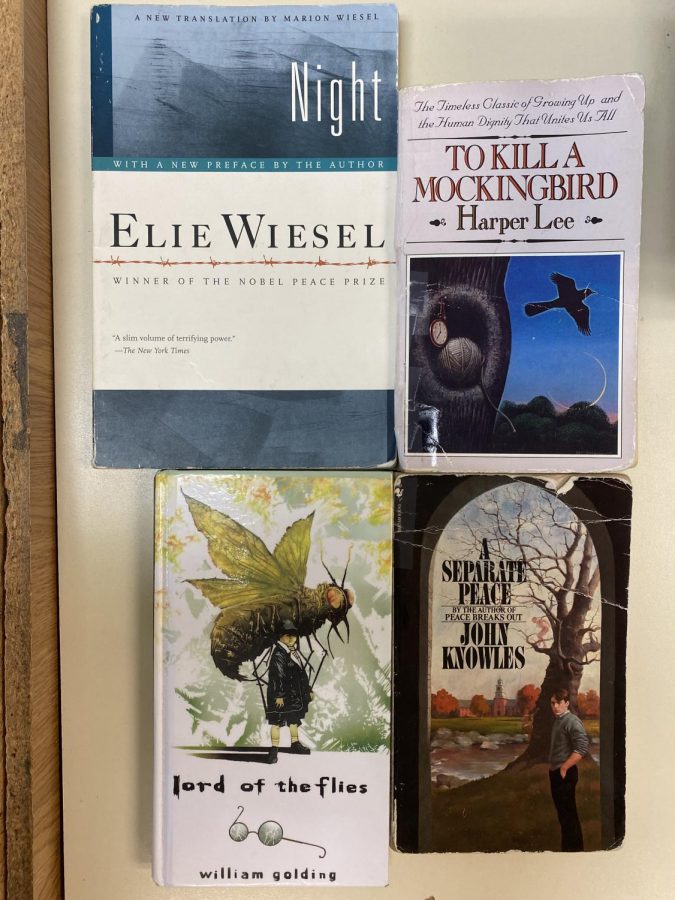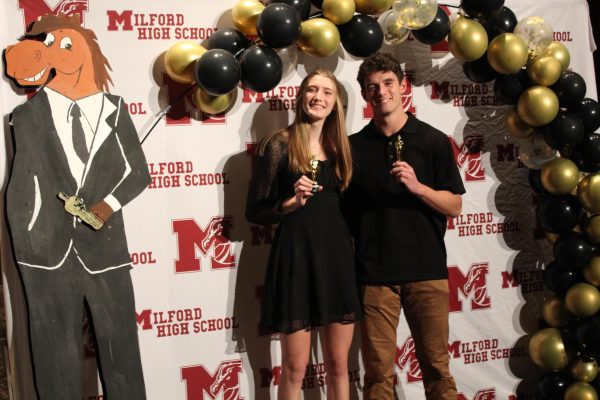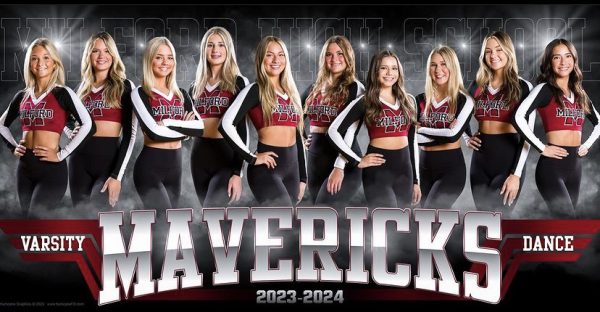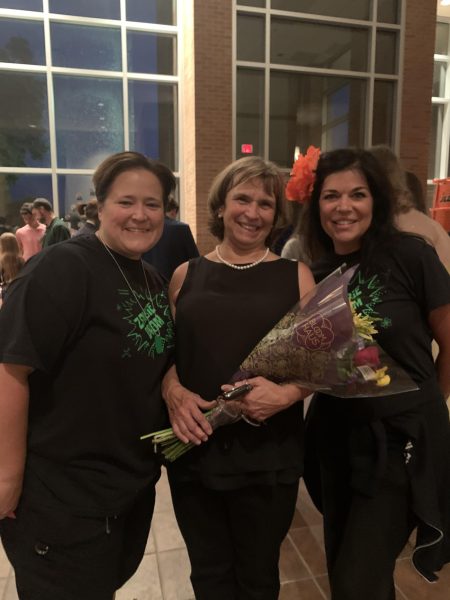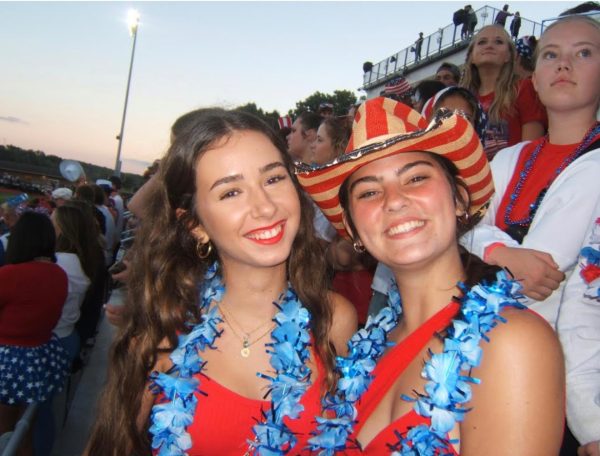Ranking books in the English curriculum
Some of the required novels.
November 16, 2021
Although each class and teacher require different books, these are the ones I was required to read in Honors English 9/10 and AP Language. So, from the following books, the most modern one is from 1966, released more than 50 years ago. Classics are indisputably important to understanding English, and the evolution of it, but the curriculum needs to be brought to this century, with more diverse readings and narratives.
- “Night” by Elie Wiesel (1960)
A memoir by a survivor of the Holocaust, Elie Wiesel recounts his story through internment camps and what it was like to be Jewish under Nazi rule. “Night” is easily the best book in the English curriculum at Milford. It is so moving, and the imagery and descriptions are so vivid, it is almost too easy to see the horrors faced by Wiesel and his father as they struggled to survive as they were forced from their home, into the ghettos, and lastly the long-term internment camps.
- “The Crucible” by Arthur Miller (1953)
Written as an allegory for the McCarthy era in American politics, the great fear of communism commonly known as the “Red Scare,” it tells of the calls of treason, and betrayal among prominent political figures. Except, it is told in the form of a play which follows the Salem witch trials, with each character representing someone or something that did happen. This book is unique, while still using events based on The Salem Witch Trials to illustrate how fear can be used throughout human history.
- “Macbeth” by William Shakespeare (1606)
Thane of Glamis, Macbeth is given the prophecy by three witches that he was to become the King of Scotland. He uses any means necessary to earn his “rightful” spot on the throne. It was written to impress the English monarch, King James, but its story of the fallen hero resonated so well with audiences it has become one of Shakespeare’s most beloved, and is definitely my favorite. With hints of the supernatural, and straight up bizarreness, it was not at all hard to get into the plot and make modern day connections to the dangers of too much ambition.
- “To Kill a Mockingbird” by Harper Lee (1960)
A classic coming of age story following Jean Louise “Scout” Finch as she grapples with the racial inequality in the small Alabama town, Maycomb. Considered the cornerstone of English classes across the country, it has recently been criticized for being too outdated in the way that it tackles the racial inequality so central to the plot. It was a fine book, nothing too spectacular, and it did not live up to what I had expected of such an iconic book.
- “Lord of the Flies” by William Golding (1954)
A plane crashes on a deserted desert island in the middle of the ocean, and the only survivors are kids ages five to 12. They must survive (without killing each other) in hopes that help can arrive before they run out of supplies and perish. This book was solidly mediocre in every respect. The plot was there, but not too interesting; the characters, albeit symbolic, were not too fascinating; and the writing was not quite enough to neatly pull it all together into something entertaining.
- “Romeo and Juliet” by William Shakespeare (1597)
The origin of the “star-crossed lovers” trope; Two teens fall in love despite their feuding families. As iconic as it is, the story isn’t that good. Romeo walks into a ballroom hosted by a rival family, heartbroken by a girl who had never loved him. Of course, Romeo makes eye contact with Juliet across the dance floor, and immediately falls for her. Having never been a fan of love at first sight, much like Shakespeare himself, the play was not starting too promising. Fast forward to them being so mad in love they are willing to flee their homes to live happily ever after? (Mind you, they are about 14 years old.) Not for me at all.
- “Of Mice and Men” by John Steinbeck (1937)
During the Great Depression, Lennie and George, two displaced farm hands, get a job on a Soledad ranch, meet some new people, and formulate a plan to buy and build their own ranch. As good as John Steinbeck’s writing style is, this novella was not for me. Although, I do understand why it is so critically acclaimed, because the imagery is stunning, I could not connect with any of the characters in a way that would let me sympathize with them.
- “In Cold Blood” by Truman Capote (1966)
The true story of the Clutter family murders in rural Holcomb, Kansas; catching the killers, and the following court proceedings for them. As mainstream as true crime has become, it makes it difficult to get too invested in a story like this, no matter how horrific. The writing style was very informative, but the second half of the book was slow and dives too far into the lengthy court proceedings.
- “A Separate Peace” by John Knowles (1959)
Set on the US Homefront during World War II, the coming of age story takes place at a boarding school as two teenagers cope with their own mental and physical issues. This book was irredeemably awful. There was never a time I was invested in this storyline, and I could not relate to any of the characters.
Even though some of the stories we read were genuinely interesting to me, the biggest issue I had with the majority of these books was how hard it was to become invested in a character and root for them. It was difficult for me to understand their motives and truly understand them, which limited my enjoyment. With the introduction of more modern literature, I feel as though the curriculum could be much better and interesting.
